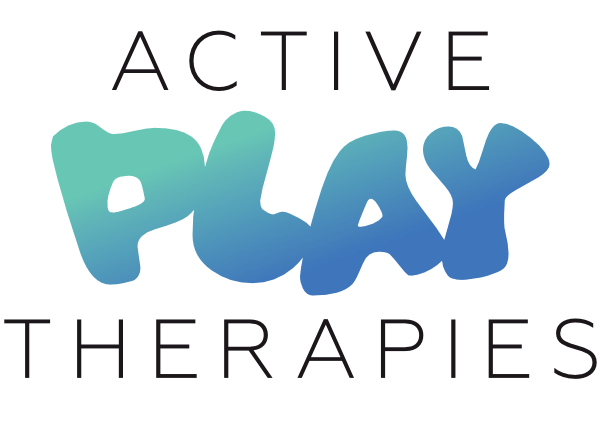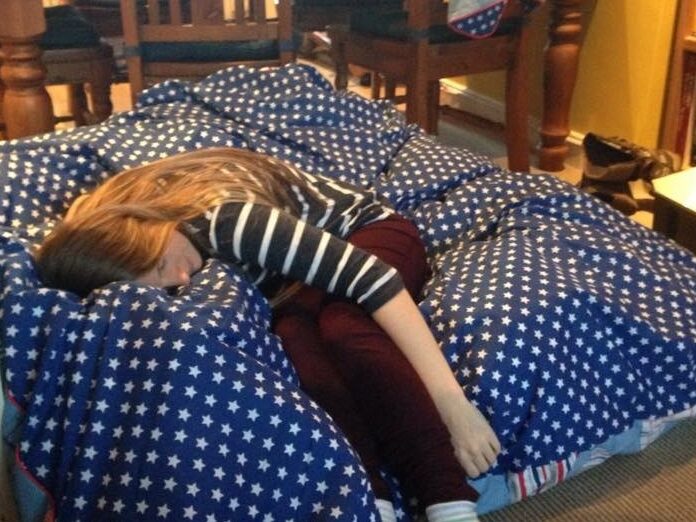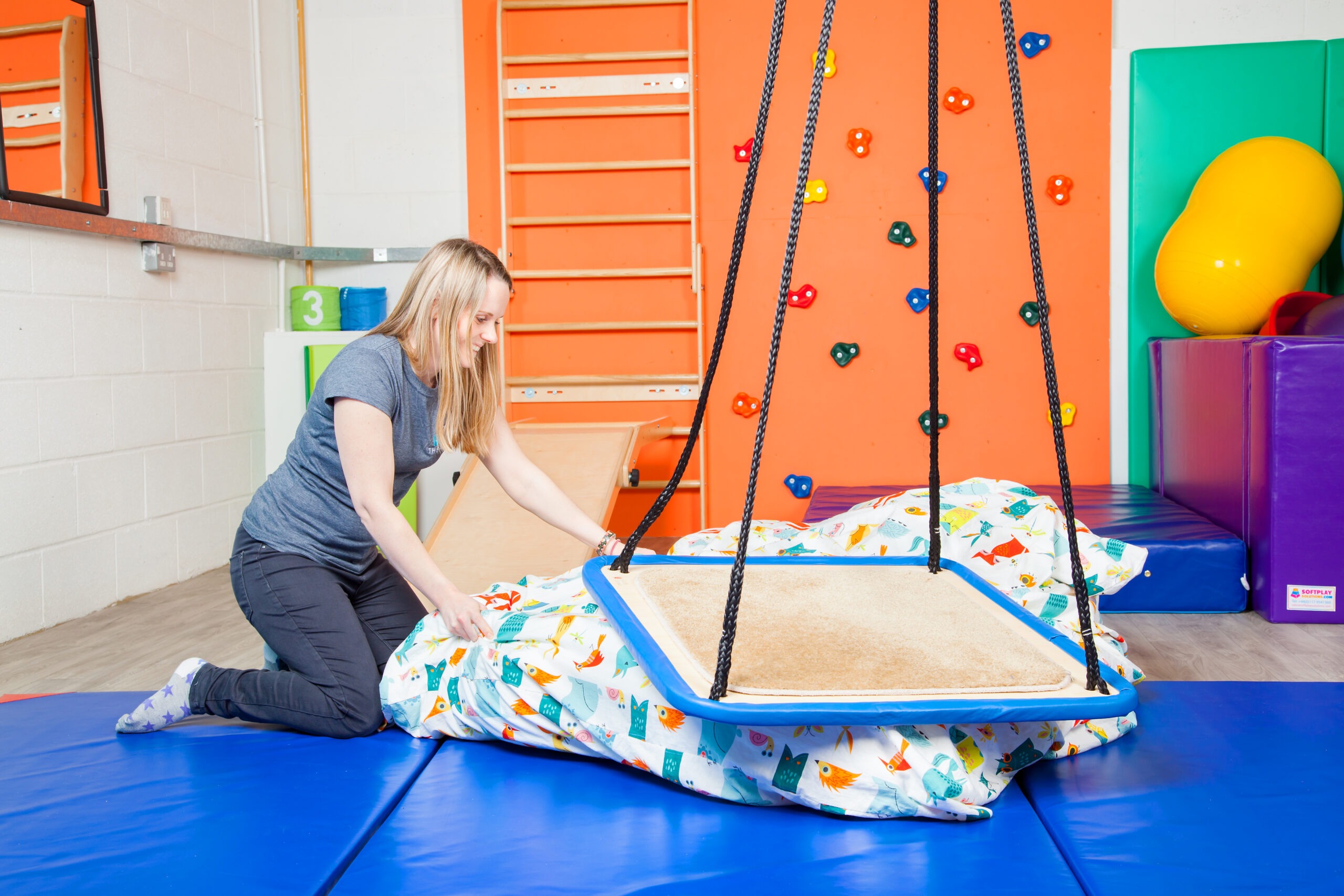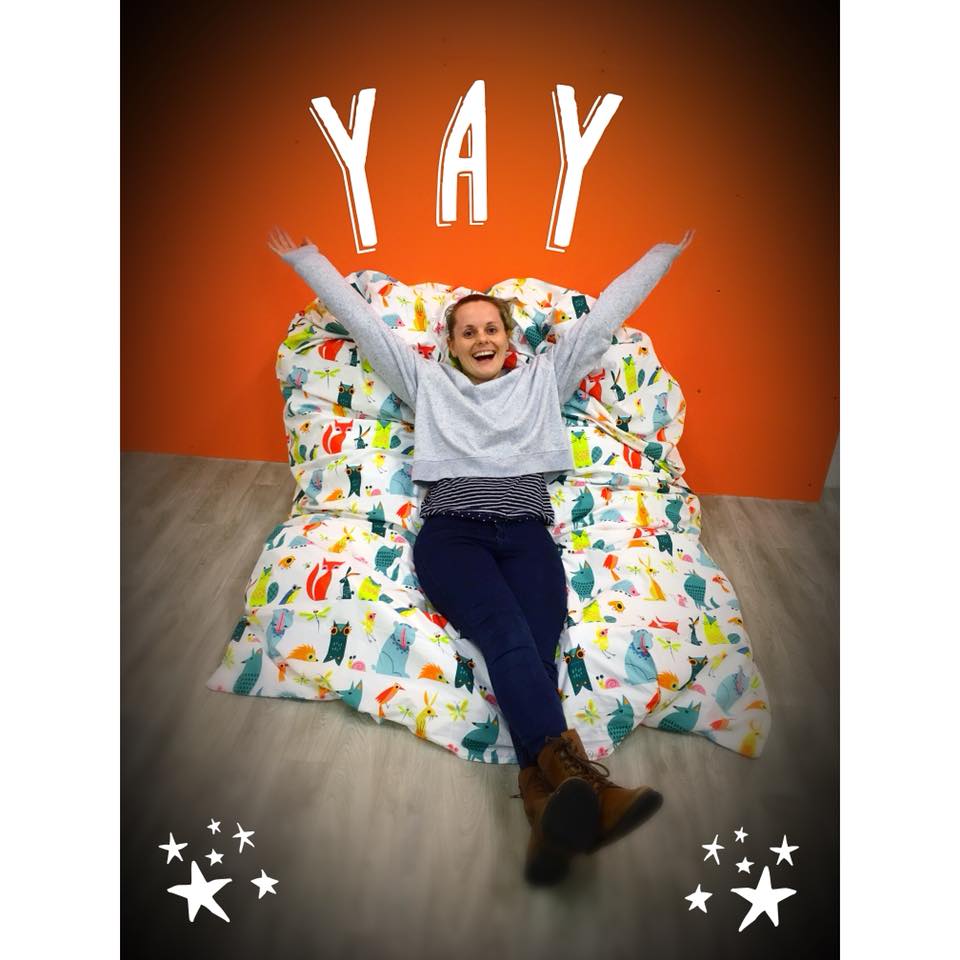Thoughts From a Therapist: Ideation Inspiration
Originally published on Sensory Integration Education on 29 October 2021.
Thoughts From a Therapist is a regular series written by Advanced SI Practitioner Anna Willis about something that piqued her professional interest or inspired her in some way over the last month. Anna, an occupational therapist and owner of Active Play Therapies, has over 10 years of experience working with children and adults with a range of learning disabilities and autism. This month, Anna considers the ideation inspiration:
“You know the famous ASI quote from Schaaf (2013): “Keep the goals in your head, activities in your pocket and fun in your heart”? That one. Well I feel like sometimes I’m missing something. Goals – check. Fun – check. Activities – … I try!
“Of course I’ve got all my go-to activities – “Oh wow! I love how you’re standing on the swing – maybe we could surf over some waves/ sail on our pirate ship/ fly to a far away land on your magic carpet?” But sometimes I get stuck.
“When I learnt to drive, I really struggled to hold all the new motor plans and ideas I was learning in my mind – clutch, mirrors, gear stick, steering wheel. I feel like that’s how ASI can feel to me sometimes – busy trying to remember all the different parts. Thinking of my goals whilst frantically trying to think how I can wind in an activity that meets the goal, aligns with the child’s current motivation in play and targets areas of the fidelity measure also. Even though I’m not new to ASI intervention, it’s still an intensive brain workout!
“‘My’ best ideas typically come from the little people I work with. Alongside pilfering 5-year-olds’ ideas, I also use Pinterest. However, one of the most helpful things I’ve done was spending an afternoon with other ASI-trained OTs playing in an SI room, showing each other how we used equipment and the games we played. Us adults often need permission to play more – so take this as your permission slip to go play!”
Schaaf, R.C. 2013 (March). Occupational therapy using sensory integration for children with autism: Strategies and evidence from a RCT. Paper presented at the South Carolina Occupational Therapy Association Annual Conference, Charleston.








